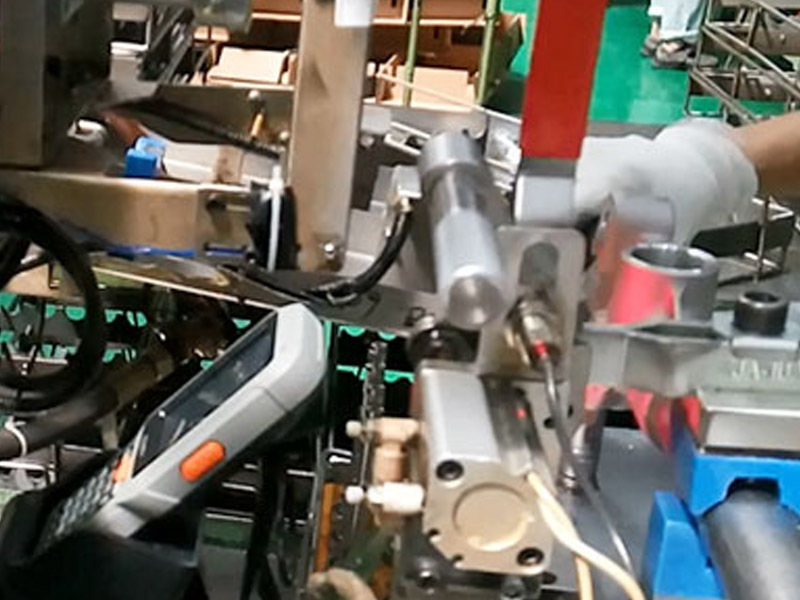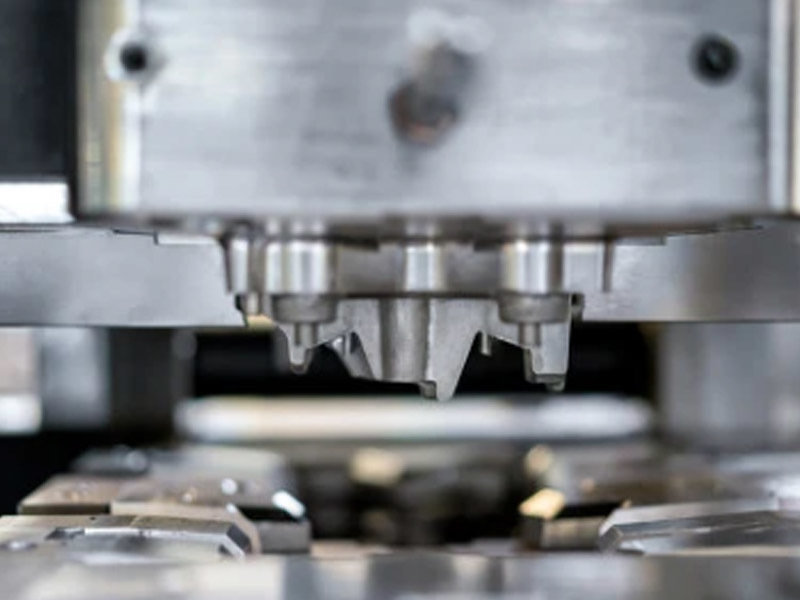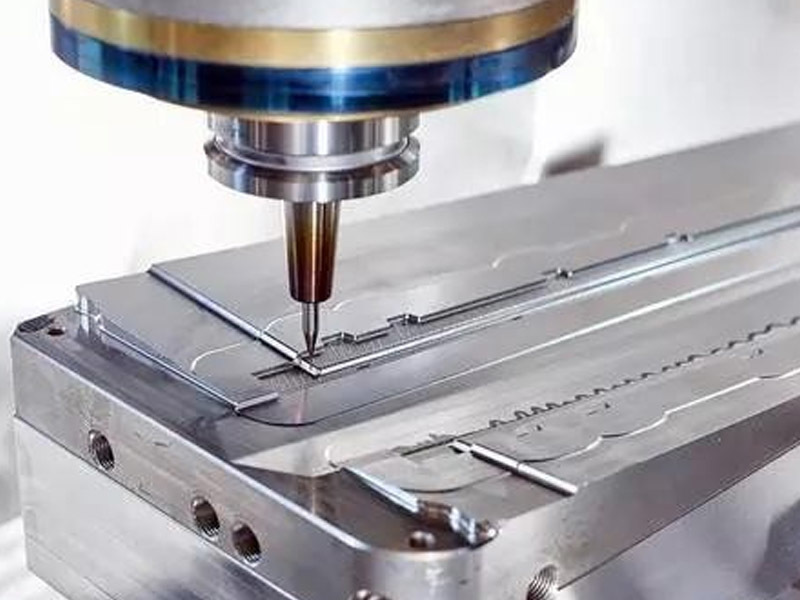Hydrogen embrittlement fracture is mainly caused by the long-term or prolonged immersion of wire ropes in alkaline conditions. The fracture surface of hydrogen embrittlement shows a sharp and rough inclination.
Summary: The steel wire rope was severed by a sharp object, with the fracture surface showing a break along the wire;
1. Sheared fracture: The wire rope is sheared by a sharp object impacting it violently, with the fracture surface running along the wire;
2. Broken fracture: The corroded wire rope breaks at three winding bends. The end of the fracture is upturned, and the fracture surface is rough;
3. Hydrogen embrittlement fracture: A significant cause is prolonged or repeated immersion of the wire rope in alkaline conditions. The hydrogen embrittlement fracture surface is sharply inclined and rough;
4. Martensite formation fracture: A significant cause is collision or attachment during the use of the wire rope;
5. Corrosion fatigue fracture: The tip shows characteristics of corrosion damage, appearing conical, while also exhibiting normal rust characteristics. The fracture surface is needle-like rather than right-angled;
6. Wear fatigue fracture: After plastic wear and repeated winding, the fracture surface is saw-toothed;
7. Winding fatigue fracture: Part of the fracture shows a right-angled split, with an overall split but a relatively smooth fracture surface;
Recommended News





